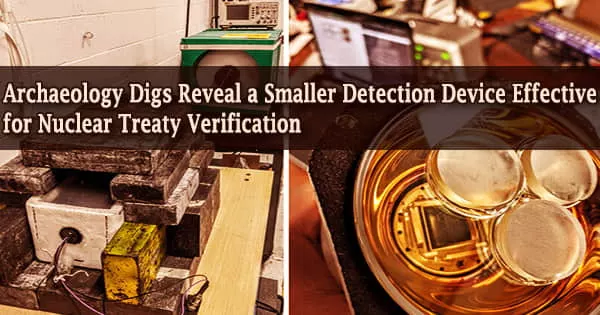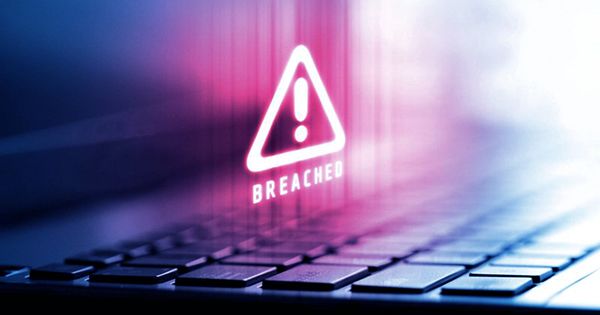The majority of nuclear data measurements are carried out at accelerators large enough to occupy a kilometer-wide geologic formation, such as the Los Alamos Neutron Science Center, which is located on a mesa in the desert.
However, in circumstances like archaeology and nuclear weapons treaty verification, a portable device that can swiftly show the composition of objects on-site would be extremely useful.
Computational simulations were employed in research published this week in AIP Advances by AIP Publishing to show that with the correct geometric changes, reliable neutron resonance transmission analysis may be performed in a device as small as 5 meters long.
“We expected massive backgrounds to dilute and contaminate our signal, and early simulation work confirmed that the scale of these effects would make the technique entirely impossible,” author Areg Danagoulian said. “However, careful optimization of the geometries allowed us to almost completely suppress these effects, giving us a near-perfect signal.”
The researchers used a model of a pulsed deuterium-tritium neutron source in a polycone architecture to run a series of tests to improve the device’s moderation, shielding, and collimation, as well as probe the configuration for any uncertainties created by these changes.
They compared spectral reconstructions and evaluated the device’s isotopic sensitivity to establish the device’s accuracy. Different manufacturers’ detection devices claim different levels of pet tolerance and different performance standards, so it’s important to think about each installation separately and choose a sensor that’s ideal for the job.
Depending on the goal of the application, one can use spectroscopic radiography to determine the absolute abundances and densities of individual isotopes. It can also be used in treaty verification exercises, where an authentic nuclear weapon component is compared to that from a candidate warhead.
Areg Danagoulian
“Depending on the goal of the application, one can use spectroscopic radiography to determine the absolute abundances and densities of individual isotopes,” Danagoulian said.
“It can also be used in treaty verification exercises, where an authentic nuclear weapon component is compared to that from a candidate warhead.”
The approach might be used to identify isotopes of plutonium or uranium in nuclear warheads or enriched fuel, as well as tin, silver, or gold in archaeological sites, while the tests employed silver, tungsten, and molybdenum. Their findings could be utilized to cut the lengths of thermal neutron beamlines in the same way.
In order to determine the composition of target materials, they employ time-of-flight reconstructions of the energy of pulsed neutrons. The isotopic makeup of the substance in the target can be determined by analyzing the spectrum transmitted and nuclear resonances present in different isotopes.
Their findings suggest that the device worked. It could distinguish between different isotopes with great precision and was sensitive to changes in isotopic concentrations. The authors intend to test the above technique in the lab with a variety of pulsed neutron sources and neutron detectors.
















